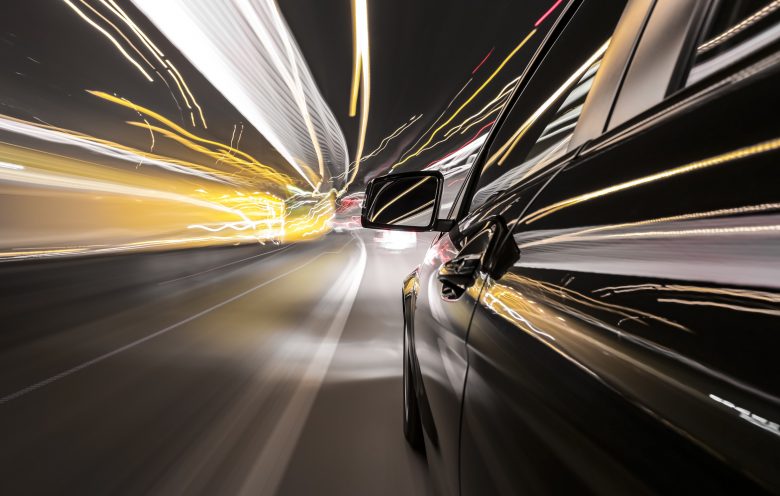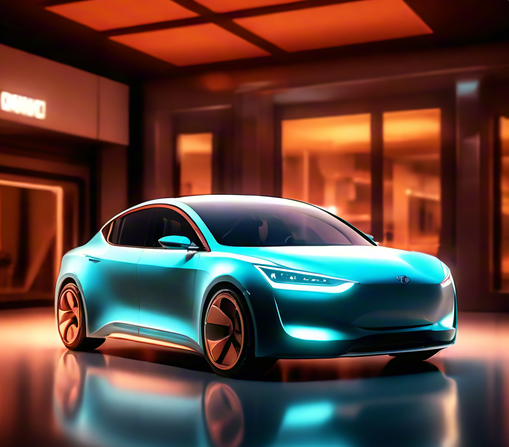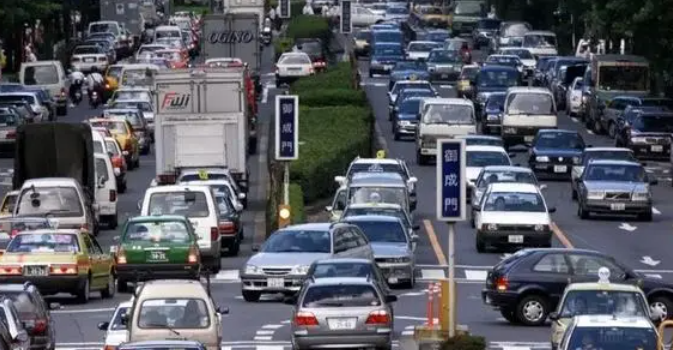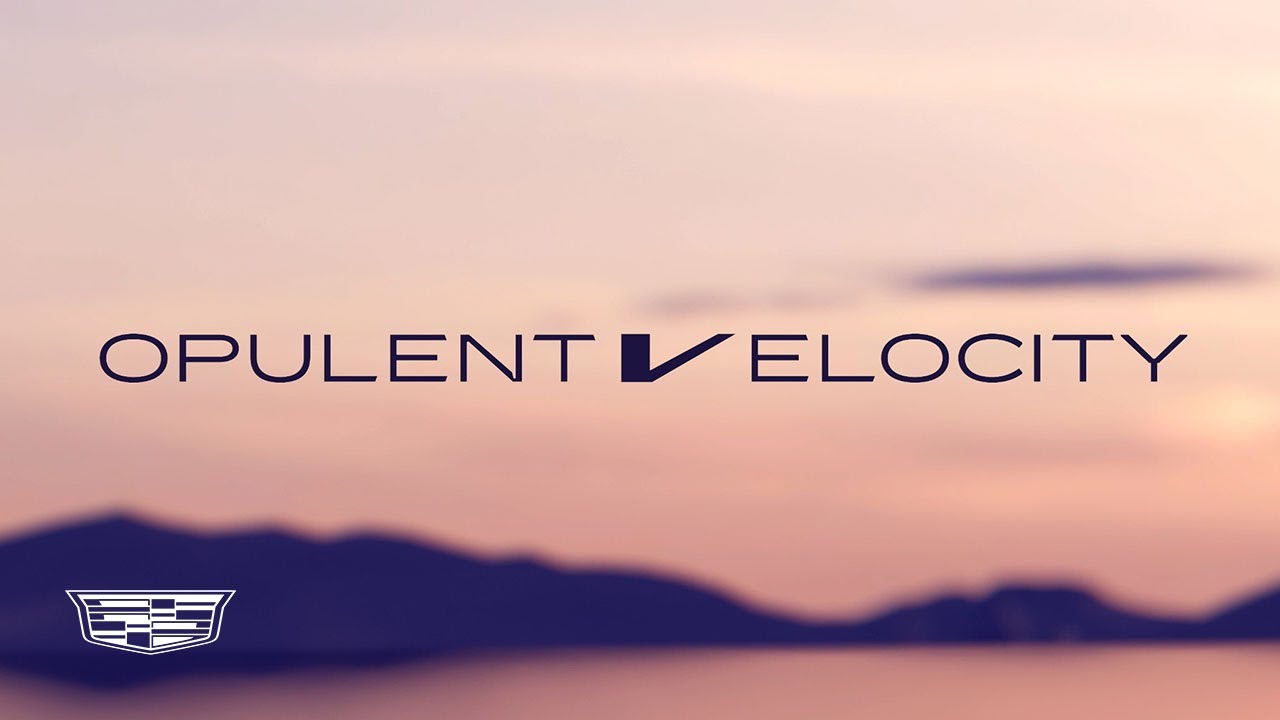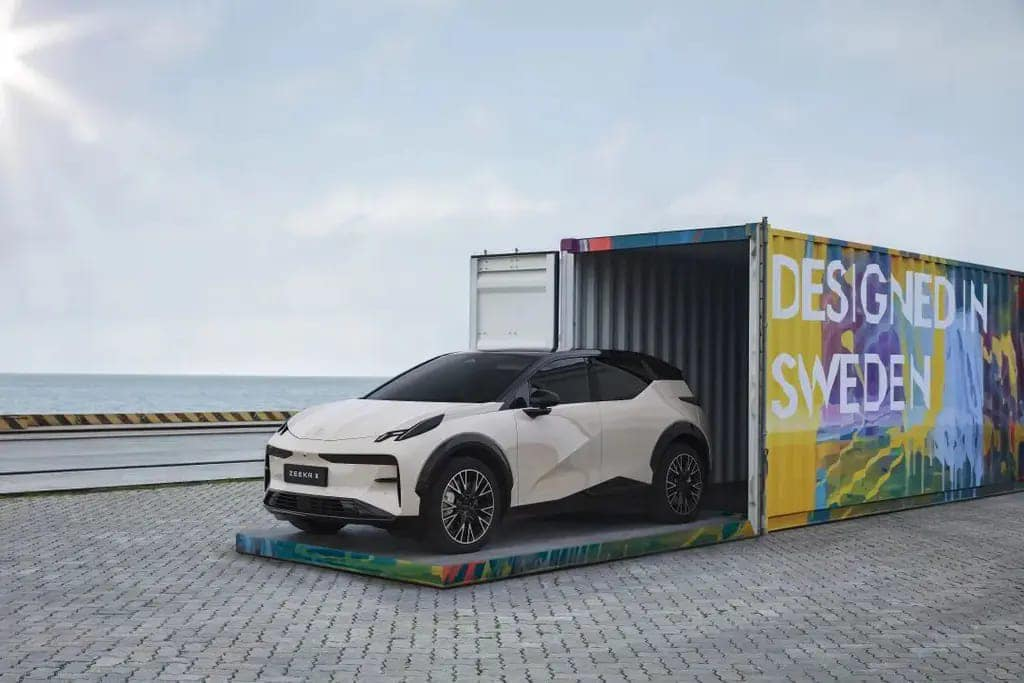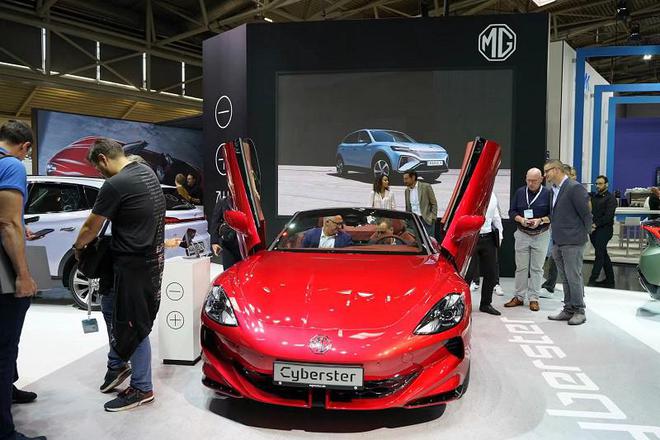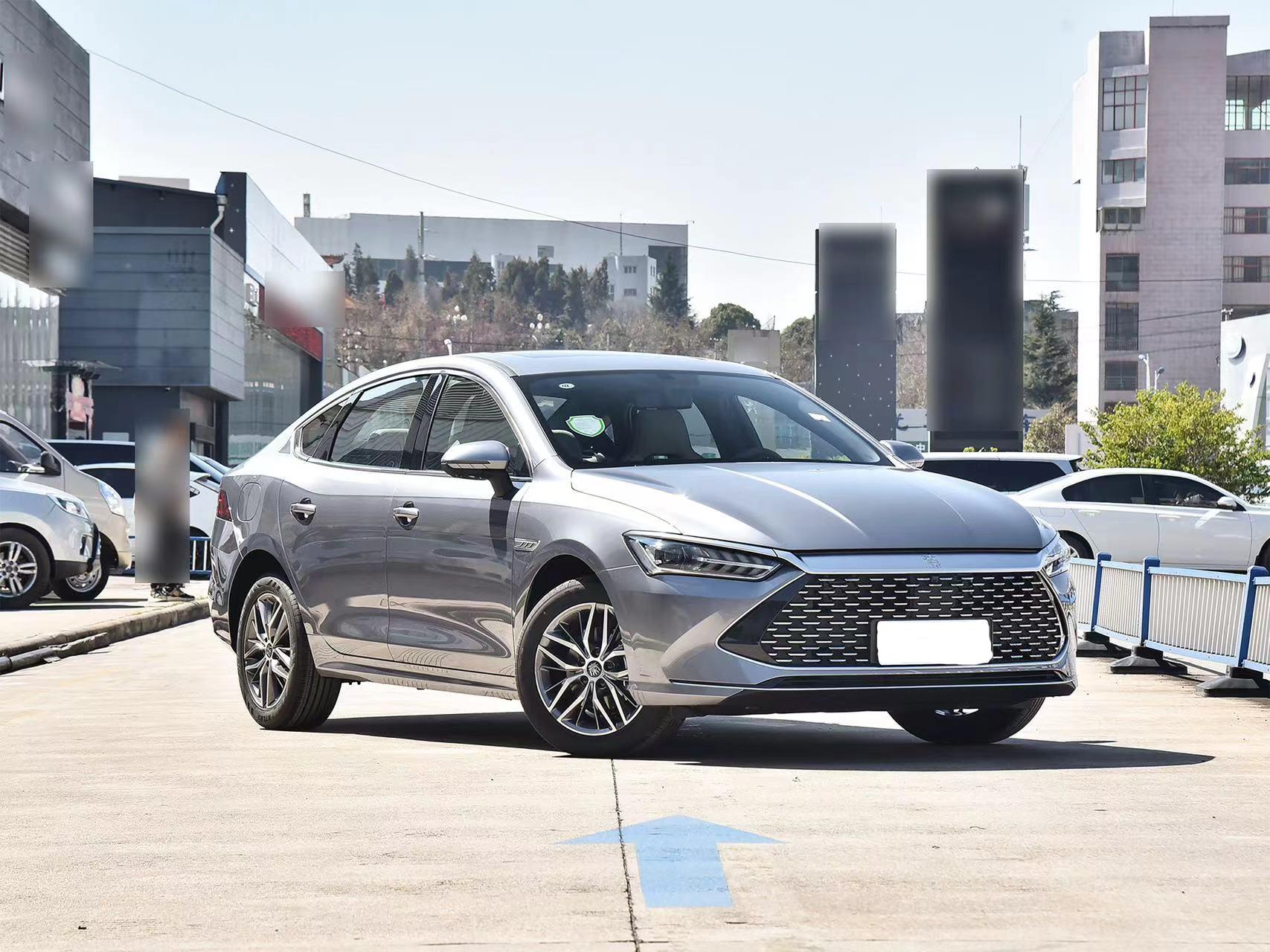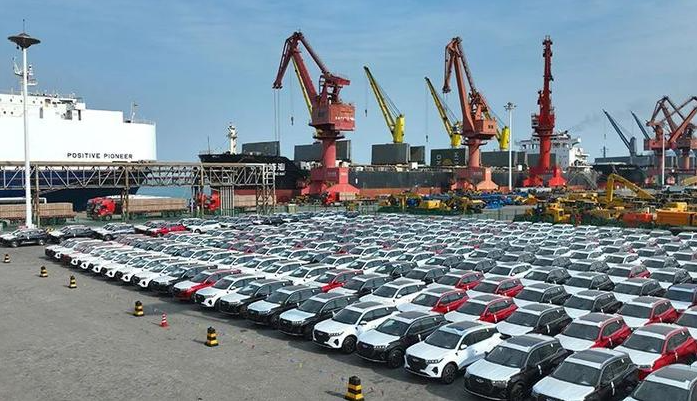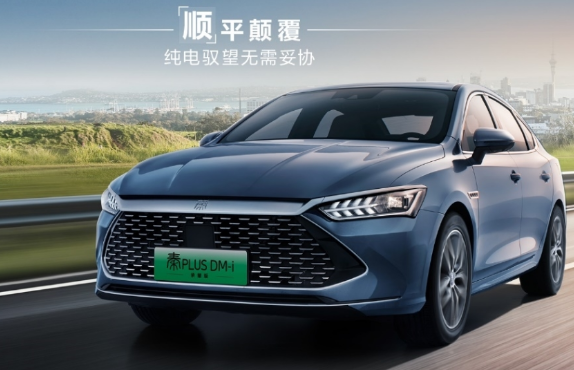China's Auto industry 2.0 era: auto company revelation
Over the past decade, China's auto market has grown at a compound annual growth rate of 15%, making it the fastest growing market in the world, accounting for 70% of the global market increase, and in 2012, China surpassed the United States to become the world's largest auto market. But in 2018, China's auto market reached an inflection point, declining for the first time in nearly three decades and entering an adjustment range. Since the beginning of this year, the downward trend of the market has not been reversed, indicating that the qualification tournament is over, the elimination tournament has begun, and the Chinese automobile industry has entered the 2.0 era.
"This is the best of times, this is the worst of times", China's auto industry 2.0 era is an era of opportunities and challenges. We have summarized five characteristics of the 2.0 era.
Feature one, the start of the elimination game: the rapid growth of the car market in the past 30 years has covered a lot of "lying winners". In the past two years, the performance of car companies has shown a clear polarization, the profit gap is huge, the next will be the elimination of the big waves, who will succeed, who will be out, depends on the real ability. For example, a million sales of the joint venture brand, due to product, organization and other reasons, within two years, there was a cliff fall, only less than 100,000 sales in the first half of this year. In another year or two, many familiar brands will completely "wave from here to go." Our research shows that brand loyalty has grown from 12 percent two years ago to 31 percent this year. In other words, enterprises that lack brand status will face increasing challenges.
Feature 2, the new Four Modernizations myth: The automotive industry is an asset-heavy industry, requiring huge research and development investment, leading international manufacturers need to invest in research and development costs of up to 50-100 billion yuan per year. On the one hand, the trend of the new four modernizations has brought new development opportunities and imagination space, but so far there is no clear and stable profit model, which brings great pressure to car companies. Facing huge investment pressure, car companies began to examine the strength and rhythm of CASE investment. At the same time, in response to such changes, industry consolidation and cross-border collaboration are being carried out in different fields.
Feature 3: New retail changes: The pressure on the traditional distribution model is increasing day by day, and there is an urgent need for a new retail model to promote the transformation from product orientation to customer orientation. The dealer industry is highly fragmented, with the top 100 dealers in China accounting for only 30% of the country's sales, and the oversupply of the market and the factory-driven marketing model, resulting in the dealer's new car sales profit margin continues to be low; Statistics show that Chinese dealers have a large area of losses (conservative estimates of more than 30%), and new car sales inventory is high (average inventory equivalent of more than 1.5 months).
Feature 4: Return to Operational excellence: Globally, a decade of growth has come to an end, and the global automotive industry is beginning to enter the rainy season. During the last recession, the performance of automotive suppliers varied widely, with "resilient" companies having the flexibility to adjust costs, bringing the break-even point down to 60% of revenue, while underperformers had 84% of revenue and a negative EBIT. The entire automobile industry chain should return to the essence of strong operation in the manufacturing industry, sort out the major costs of the company, such as promotion costs, market costs, material costs, fixed costs, etc., and combine digital innovation in operation, optimize the business model, transformation and upgrading, so that Chinese automobile enterprises can achieve high-quality development, become stronger from big and start first.
Feature five, innovation and agile transformation: In the face of elimination, leading car companies not only have the confidence to meet the challenge and win the competition, but also the determination to forge ahead and change decisively. "Listening to Chinese consumer needs" as the core of product development; Advances in technology such as car networking and the Internet make it easier for car companies to have "direct contact" with consumers and receive consumers' feedback on products more accurately and directly, thus launching products that are more in line with local consumers.


